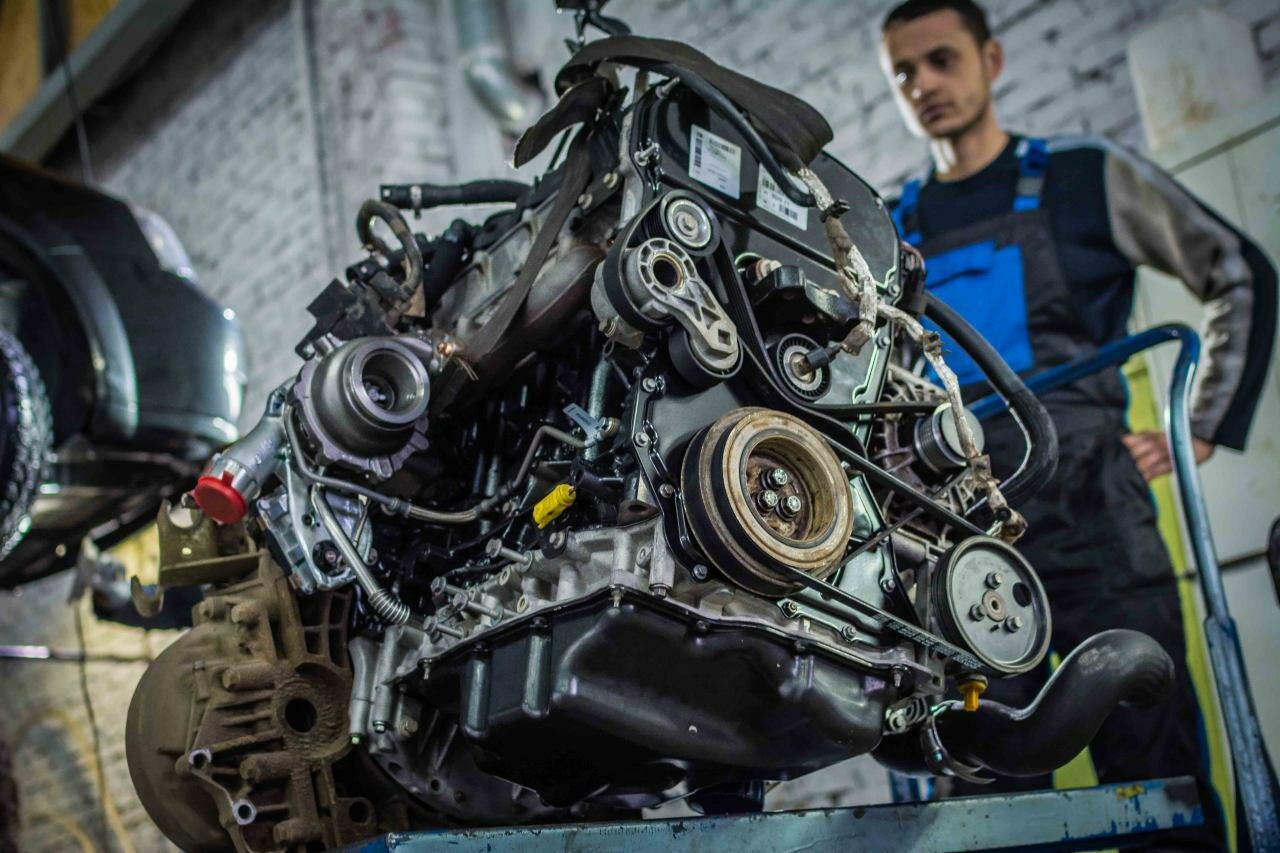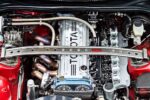Introduction
Are the Engine and Transmission the Same Thing?
- Clearing Up the Confusion
- Understanding the Differences
- Importance of Knowing the Distinction
When it comes to the inner workings of a vehicle, there are numerous components that work together to ensure its smooth operation. Two such components that often cause confusion among car enthusiasts and even some seasoned drivers are the engine and transmission. While they both play vital roles in the functioning of a vehicle, it is crucial to understand that the engine and transmission are not the same thing.
Let’s delve into this topic and clear up any misconceptions surrounding the engine and transmission.
Clearing Up the Confusion
It’s not uncommon to hear people using the terms “engine” and “transmission” interchangeably, but this is a misconception that needs to be addressed. The engine and transmission are distinct entities within a vehicle, each serving a unique purpose.
The engine can be thought of as the heart of the vehicle. It is responsible for converting fuel into mechanical energy, which powers the vehicle’s movement. The engine consists of various components, such as cylinders, pistons, valves, and a fuel delivery system. It generates power by igniting fuel and air mixture in the cylinders, creating controlled explosions that drive the pistons.
On the other hand, the transmission is the component that transfers the power generated by the engine to the wheels, allowing the vehicle to move forward or backward. It consists of a complex system of gears, clutches, and shafts that work together to control the speed and torque of the vehicle. The transmission ensures that the engine’s power is efficiently transmitted to the wheels at different speeds and under various driving conditions.
Understanding the Differences
While the engine and transmission are separate entities, they are interconnected and rely on each other for optimal performance. The engine generates power, and the transmission ensures that power is appropriately distributed to the wheels.
One key distinction between the two is their location within the vehicle. The engine is typically located in the front of the vehicle, under the hood, while the transmission is usually situated towards the rear, connected to the engine via a drivetrain.
Another significant difference lies in their maintenance and repair. The engine requires regular maintenance, such as oil changes, filter replacements, and periodic inspections, to ensure its longevity and efficient operation. On the other hand, the transmission, although durable, may require occasional servicing, such as fluid changes and adjustments, to maintain its smooth functioning.
Importance of Knowing the Distinction
Understanding the difference between the engine and transmission is crucial for several reasons. Firstly, it allows drivers to have a better understanding of their vehicle’s functioning, empowering them to make informed decisions regarding maintenance and repairs.
Additionally, knowing the distinction between the engine and transmission can help drivers identify potential issues and seek appropriate professional assistance. It enables effective communication with mechanics and prevents confusion when discussing problems or seeking repairs.
Lastly, being aware of the engine and transmission’s separate roles promotes a safer driving experience. It allows drivers to recognize signs of engine or transmission trouble, such as unusual noises, vibrations, or changes in performance, and take prompt action to address them before they escalate into more significant problems.
In conclusion, while the engine and transmission are integral components of a vehicle, they are not the same thing. The engine serves as the power source, converting fuel into mechanical energy, while the transmission transfers that power to the wheels, enabling the vehicle to move. Understanding this distinction is essential for drivers to maintain their vehicles, communicate effectively with mechanics, and ensure a safer driving experience.
Is the Engine and Transmission the Same Thing?
Exploring the Key Differences
There is a common misconception among many individuals that the engine and transmission are one and the same. However, it is essential to understand that these two components of a vehicle serve distinct purposes and have significant differences.
Engine: Powerhouse of the Vehicle
The engine can be considered the powerhouse of a vehicle. It is responsible for converting the potential energy stored in fuel into mechanical energy, which propels the vehicle forward. The engine consists of various components, including cylinders, pistons, valves, and a fuel delivery system.
When fuel and air are mixed in the cylinders and ignited, controlled explosions occur, driving the pistons up and down. This motion is then transferred to the crankshaft, which converts it into rotational energy. The rotational energy is further transmitted to the transmission, which plays a crucial role in distributing this power to the wheels.
Transmission: Power Distribution System
The transmission, on the other hand, serves as the power distribution system of the vehicle. Its primary function is to transfer the rotational energy received from the engine to the wheels, allowing the vehicle to move forward or backward at different speeds.
The transmission achieves this through a complex system of gears, clutches, and shafts. By engaging different gear ratios, the transmission can control the speed and torque applied to the wheels. It ensures that the engine’s power is efficiently transmitted to the wheels, enabling smooth acceleration and optimal performance under various driving conditions.
Key Differences between the Engine and Transmission
Let’s take a closer look at the key differences between the engine and transmission:
| Engine | Transmission |
|---|---|
| Converts fuel into mechanical energy | Transfers power from the engine to the wheels |
| Consists of cylinders, pistons, valves, and a fuel delivery system | Comprises gears, clutches, and shafts |
| Located in the front of the vehicle, under the hood | Usually situated towards the rear, connected to the engine via a drivetrain |
| Requires regular maintenance, such as oil changes and filter replacements | May require occasional servicing, such as fluid changes and adjustments |
Importance of Understanding the Distinction
It is crucial for drivers and car enthusiasts to understand the distinction between the engine and transmission for several reasons:
- Maintenance: Knowing the difference helps drivers understand the specific maintenance requirements of each component. Regular maintenance of the engine, such as oil changes and filter replacements, ensures its longevity and optimal performance. Similarly, periodic servicing of the transmission, including fluid changes and adjustments, helps maintain its smooth operation.
- Communication with Mechanics: Understanding the difference between the engine and transmission allows drivers to effectively communicate with mechanics when discussing issues or seeking repairs. Clear communication ensures that the correct component is addressed, saving time and avoiding confusion.
- Identifying Problems: Recognizing the separate roles of the engine and transmission helps drivers identify potential issues. Unusual noises, vibrations, or changes in performance can indicate problems specific to either the engine or transmission. Prompt action can be taken to address these issues before they escalate into more significant and costly problems.
Top views |
|
|---|---|
 |
Oil, Timing Chains, Pistons: What Really Kills an Engine Prematurely? |
 |
How to Choose a Car with a Reliable Engine: Used Car Market Hacks That Actually Work |
Conclusion
In conclusion, the engine and transmission are not the same thing. The engine serves as the powerhouse of the vehicle, converting fuel into mechanical energy, while the transmission acts as the power distribution system, transferring the engine’s power to the wheels. Understanding this distinction is essential for drivers to maintain their vehicles, communicate effectively with mechanics, and ensure a safer and more efficient driving experience.




0 Comments